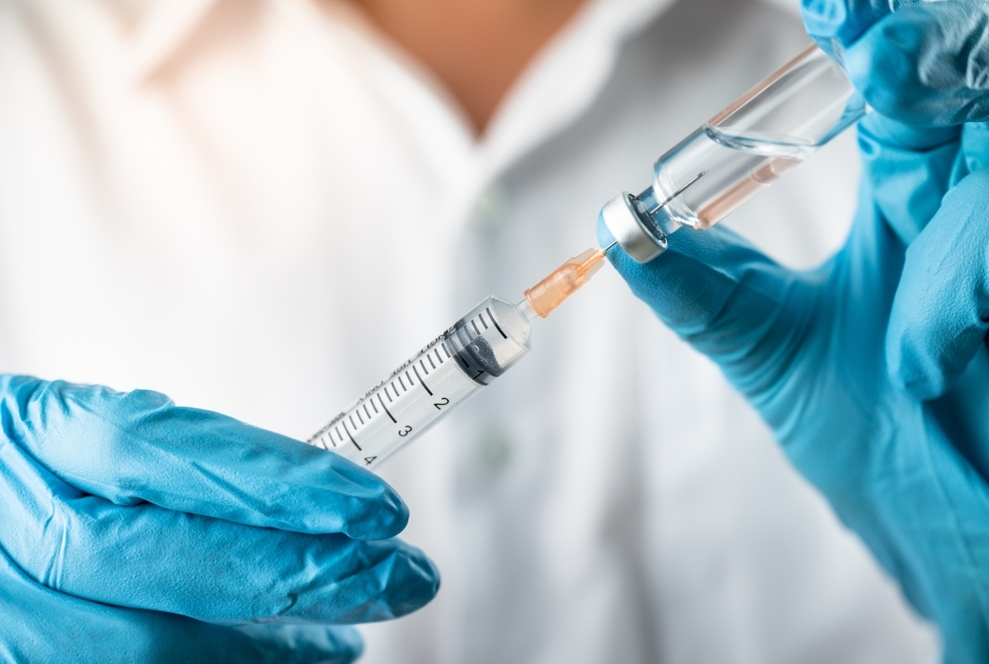An HIV-vaccine candidate induced the antibodies against the disease in 97% of participants, bringing scientists closer to developing the vaccine against infection, which currently has no cure.
The vaccine had a favorable safety profile and generated antibodies in 35 out of 36 participants in the Phase 1 clinical trial, the findings of which were published in the peer-reviewed journal Science.
However, it remains unclear if the vaccine could protect against the human immunodeficiency virus.
“The data we are publishing in Science demonstrates for the first time that one can design a vaccine that elicits made-to-order antibodies in humans. We specified in advance certain molecular properties of the antibodies that we wanted to elicit, and the results of this trial show that our vaccine antigen consistently induced precisely those types of antibodies,” says co-senior author William Schief, PhD, a professor and immunologist at Scripps Research and executive director of vaccine design at IAVI’s Neutralizing Antibody Center, whose laboratory developed the vaccine antigen.
“We believe this vaccine design strategy will be essential to make an HIV vaccine and may help the field create vaccines for other difficult pathogens.”
Scientists have already unsuccessfully tried to create the HIV vaccine using broadly neutralizing antibodies (bnAbs). This rare type of antibody can fight and protect against many different variants of a virus.
The researchers in the study are using a strategy known as “germline targeting.” The first step of the strategy involves stimulating the rare immune cells — known as bnAb-precursor B cells — that can eventually evolve into the cells that produce the bnAbs needed to block the virus.
To accomplish this first step, the researchers designed a customized molecule — known as an immunogen — that would “prime” the immune system and elicit responses from these rare bnAb-precursor cells.
Most participants experienced mild or moderate side effects, including pain at the injection site, headache, and malaise.
Approximately 1.2 million people in the US live with HIV. New infections are declining, but the disease continues to disproportionately affect racial and ethnic minorities and men who have sex with men.
Currently, HIV-positive people can be treated with antiretroviral therapy (ART), which may reduce a person’s viral load to an undetectable level, meaning they cannot transmit the disease to others.
For HIV prevention, medicine known as pre-exposure prophylaxis (PrEP) or post-exposure prophylaxis (PEP) is available.
This article was originally published by health News
Trending
- US, Israel to hold talks on operation in Rafah — media
- Israeli Air Force attacks airfield in southern Syria during strike on Iran
- Humanitarian efforts in Gaza doomed without durable ceasefire — Russia’s UN envoy
- Iran tells US about April 13 attack on Israel, it does not want escalation — top diplomat
- US and UK sanction Iran over strikes on Israel
- Google fires anti-Israel employees
- Future Hospitality Summit to shine spotlight on Saudi Arabia’s growing tourism industry
- Saudi minister calls for ‘decisive financial policies’ to counter global economic uncertainties



